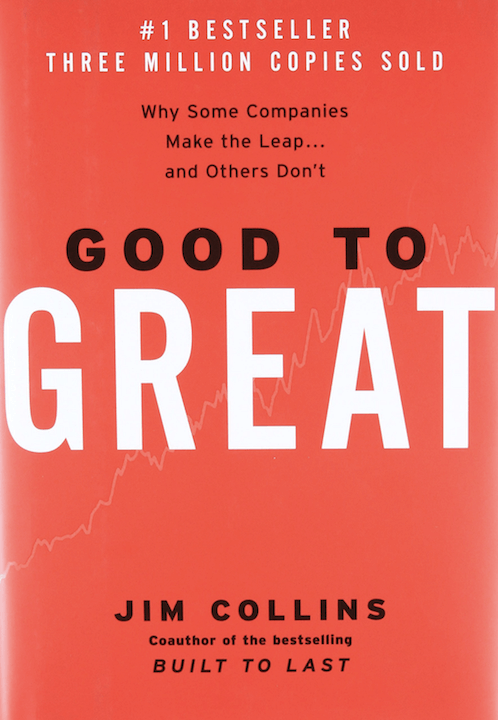The phrase ‘Knowledge is power’ is certainly true when it comes to sourcing products at the best price and terms possible. In this product teardown, we outline the components of a standard tub of moisturizer, share a free template of a cost card, and explain how powerful a product teardown can be to a procurement buyer.
Initially, it is useful to split any product you are buying into 3 main groups. This way you can better understand where you are spending your money and draw conclusions from it. These 3 groups are raw materials, packaging materials and conversion costs.
A tub of moisturizing cream split into these 3 buckets look like this:
Raw Materials (the formula)
1. White soft paraffin
2. Liquid paraffin
3. Cetostearyl alcohol
4. Sodium Lauryl sulphate
5. Phenoxyethanol
6. Water
+ any other ingredients depending on the formulation
Packaging Materials:
1. Tub (HDPE)
2. Lid (HDPE)
3. Label
4. Case
5. Pallet wrap
+ in some cases you will have an additional box for each unit
Conversion Costs:
1. Manufacturing costs including labour
2. Overheads including rent and equipment amortisation
3. Margin (the profit)
Each cream will have its own formula, and most are proprietary (owned by the company that developed the formula). The manufacturer is required to list the ingredients on the label, but does not have to reveal the percentages per ingredient, as this would reveal the formulation. Different creams will have different fragrances to achieve the intended scent, different dyes depending on the colour preference, and different chemicals or active ingredients. High-end creams, for instance, use materials such as retinoids or ceramides that claim anti-aging properties, whereas lower end products will contain more basic ingredients.
Packaging types can vary greatly depending on the design and look the brand wants to go for. The tub and lid can be made of different materials (e.g. HDPE, PP, PET, etc.), which will, in turn, impact both price and look. In this example teardown, HDPE has been used as the plastic for the tub. Materials like HDPE and paper are commodities that have global indices enabling you to track how the price is trending. Furthermore, packaging costs are also heavily influenced by MOQs (Minimum Ordering Quantities). Each label must meet the necessary requirements depending on the region in which the product is going to be sold. Details on what influences packaging prices will be covered in more detail in future blogs.
Conversion cost is the cost required to convert the materials into finished goods. This includes labour, rent, electricity and other overheads, as well as the margin (profit). Each industry will have general guidelines for what is a reasonable range for conversion cost, so if you understand this, you will easily be able to tell whether you are getting a good deal or not.
Cost cards
To break down a product into its different components with their price contributions can be very useful for a procurement professional for several reasons. These include as a negotiation, a budgeting and a benchmarking tool.
Procurement buyers and sourcing specialists typically use a ‘cost card’ to understand where the price is coming from and whether there are any potential savings opportunities. A cost card lists all of the costs involved in making one unit of a product[1].
See a free downloadable template of an example “cost card” for a tub of moisturizer.
If you can negotiate an ‘open book costing model’ with your supplier, then you have an actual and agreed cost card with them that gives you a foundation for all future negotiations, allowing you to agree and track any price changes. A cost card can also be used as a tool to agree quarterly price updates with your supplier, as it is a non-biased means to track pricing. If you are unable to get open book costing, then you are on ‘closed book costing’. You can still build your own estimated cost card, however, to help better understand the price you are paying.
In conclusion, where it is possible, it is always useful to break down the product you are buying into its basic components and understand how these build up and come together to make up the price you are paying.
Get your custom supplier report in procurement from the world’s best sourcing experts: https://thebuyhive.com/freelancer/
If you need end-to-end sourcing services, please send the enquiry to hello@thebuyhive.com.
References:
[1] Costing, (2021), Kaplan Financial Knowledge Bank, https://kfknowledgebank.kaplan.co.uk/management-accounting/costing, [accessed 04 January 2021]


